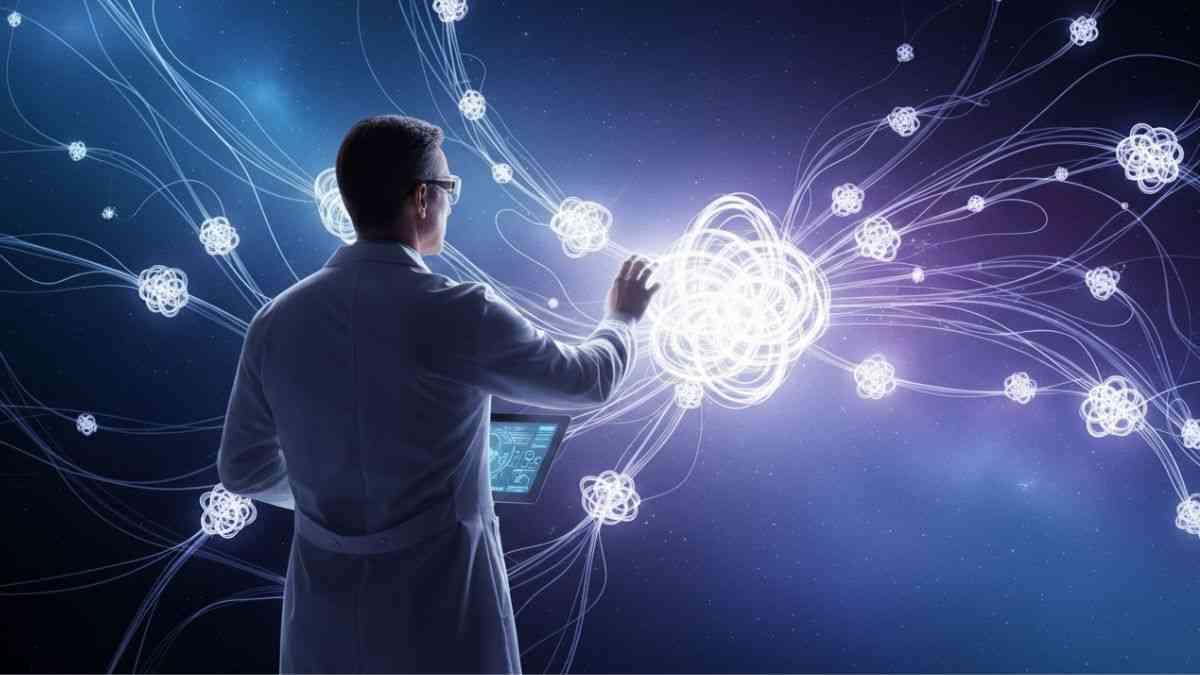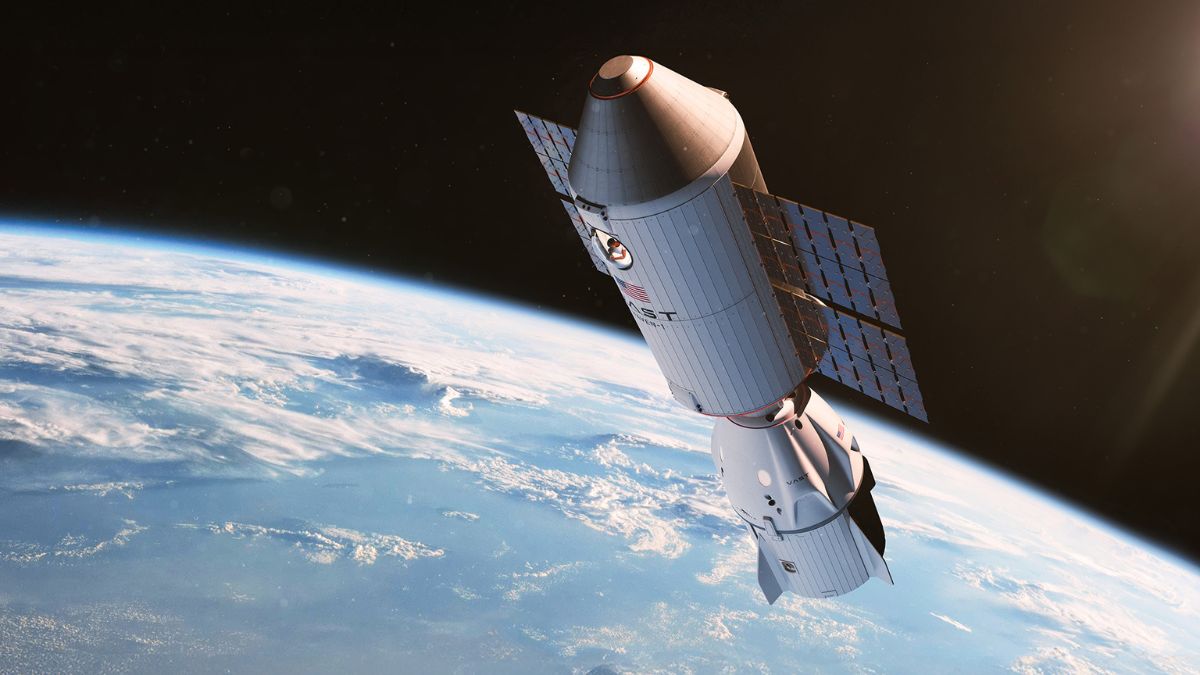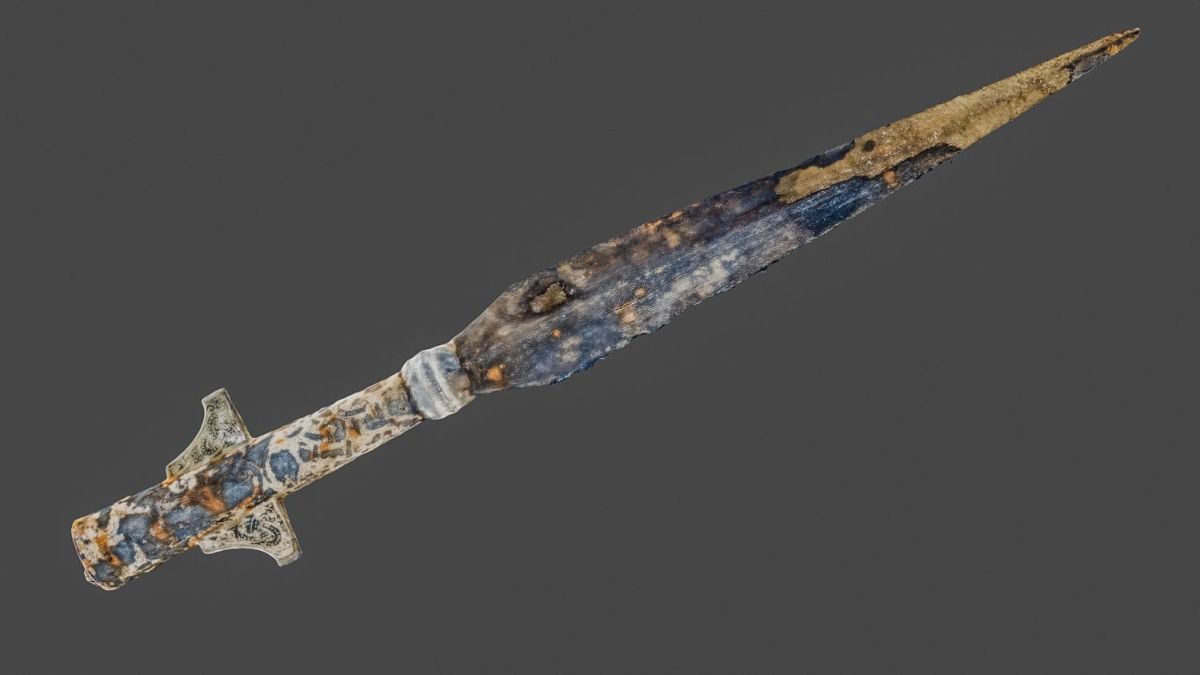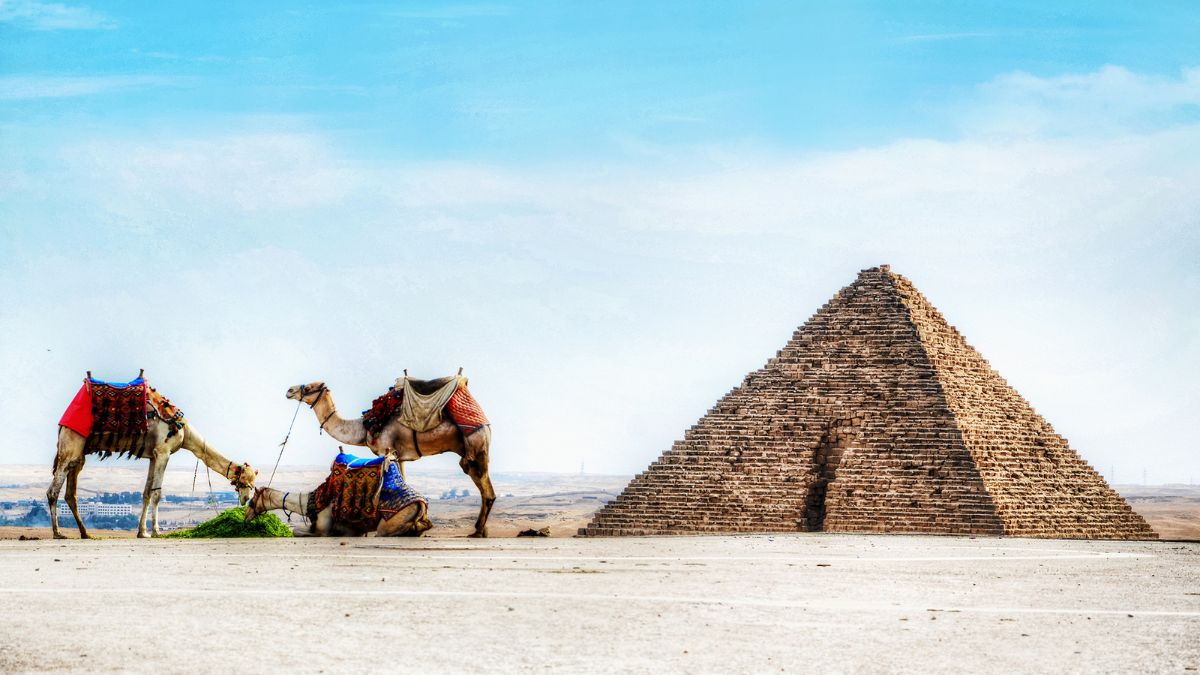Science
Private Space Station Overtakes NASA. Meet the ISS Successor
26 November 2025

Researchers from Singapore and Japan have built a crystal made of light. By weaving beams into three-dimensional knots, they opened the way to a revolution in computing and data transfer. It may sound like science fiction, but it is a genuine achievement of modern physics.
At the heart of this unusual discovery are hopfions—extraordinary light structures resembling three-dimensional knots. Their internal twisting forms closed loops that can link, cross, and weave into complex patterns. Until now, scientists had only managed to create them one by one. Now, they have shown how to build an entire network, forming something like a crystal woven from light itself.
How does it work? The key is light of two different colors pulsing in a fixed rhythm. When the wavelengths are properly chosen, their waves overlap and generate a repeating pattern. This rhythm causes hopfions to appear cyclically, one after another, like beads on a string.
From such a “chain,” more elaborate structures can be assembled—larger, stronger, and even twisted in reverse. Everything depends on how the wavelengths are tuned and how the light itself is coiled. The joint Singaporean-Japanese team has far greater ambitions, however. Binding light into a space-time crystal is not just a clever trick. It paves the way for a new method of processing information.
You might like to read: The End of the Mouse and Keyboard. Microsoft Reveals Its 2030 Plan
In their study, the scientists describe building even more advanced light structures capable of handling complex operations. A grid of microscopic light sources would need to shine in perfect synchronization, emitting beams with precise phase and polarization. The result would be more than ordinary light—it would be a structure with its own rhythm and memory.
Discoveries like this often reshape our technological imagination. Topological textures such as skyrmions have already led to concepts for dense, error-free data storage. Hopfion crystals are the next step, opening pathways to higher-dimensional coding schemes, resilient communication systems, and even novel strategies for trapping atoms.
Unlike earlier optical hopfions, this project works in the combined space-time domain on a fixed plane, with the cyclic rhythm of the field doing all the work. Does this mean that in the future, instead of transmitting bits of information, we might encode data in complex, three-dimensional light patterns that cannot be destroyed? How far off is the vision of a computer that replaces silicon microchips with beams of light?
Read the original article: Naukowcy zawiązali światło w supeł. Czy zyskamy nowe nośniki danych?

Science
26 November 2025


Zmień tryb na ciemny